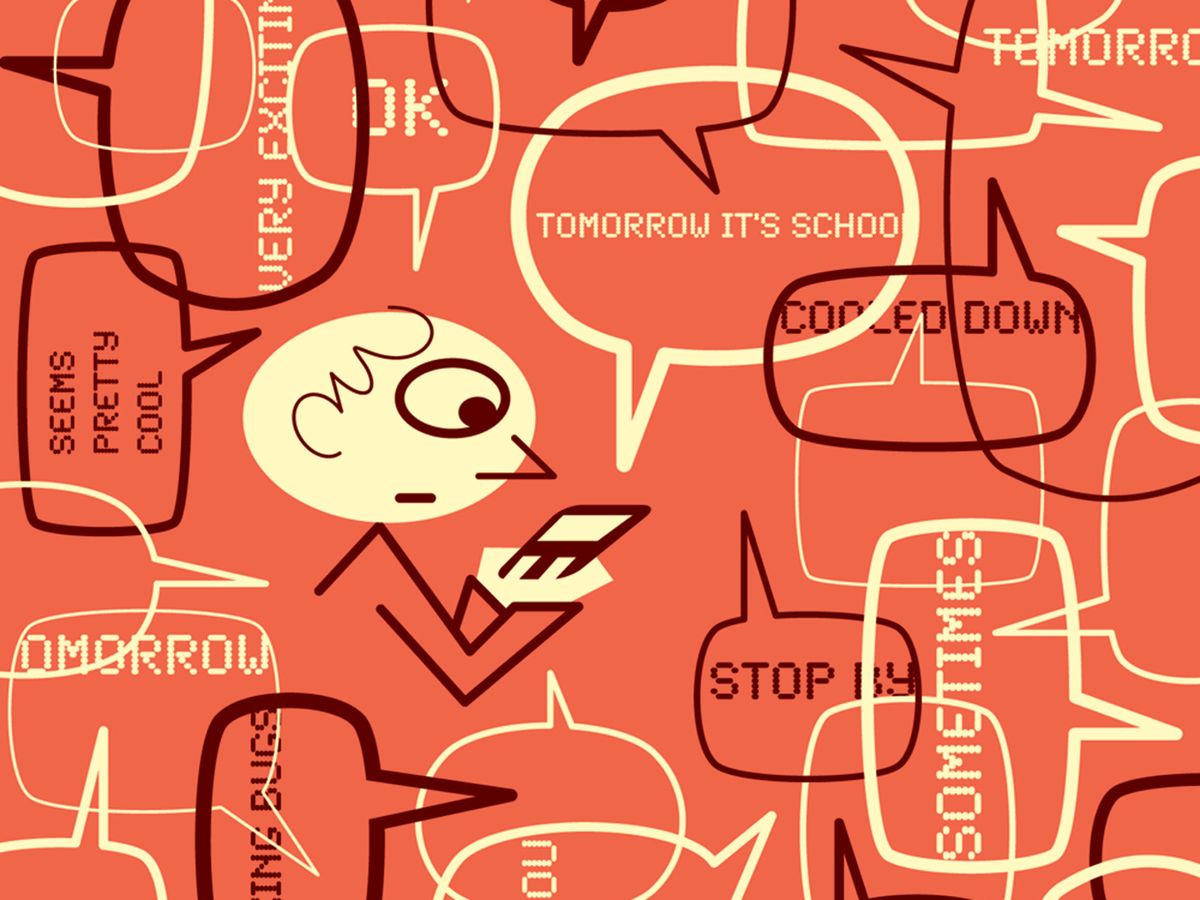The blog search engine Technorati now tracks nearly 100 million blogs, with nearly 200 000 new ones added every day. (As the Technorati tagline has it: some of them have to be good.) Folks from all walks of life use blogs to opine to the world, and it’s a rare day when some celebrity doesn’t start a celeblog . But the dirty secret is the massive number of abandoned blogs. The market research firm Gartner, in Stamford, Conn., recently put the number at more than 200 million. Clearly most people who start a blog soon give it up for dead.
Why do so many blogs go belly-up? Probably because blogging is hard . Unless you love to write, churning out even remotely interesting mini-essays every day of the week is a tough slog, particularly when you’re not even sure anyone outside of your immediate family is actually reading your musings. Perhaps this explains the recent explosion of interest in microblogging , posting short thoughts and ideas to a personal blog, particularly by using instant messaging software or a mobile phone. Jaiku ( https://jaiku.com) lets you create a miniblog to which you post short messages—called jaikus —either via its site or by texting the messages through your mobile phone. Fotolog.com enables members to exchange short messages about posted photos.
But the major buzz in microblogging centers around Twitter (https://twitter.com) a site that combines social networking and microblogging. It periodically asks members a simple question: ”What are you doing?” Members respond, or twitter —via e-mail, instant messaging, short message service (SMS), third-party programs, or the Twitter site itself—with text-based posts no more than 140 characters long. (When Twitter recently won an award, its representative’s acceptance speech was apropos: ”We’d like to thank you in 140 characters or less. And we just did!”) This is why services such as Twitter and the similar Dodgeball.com are known as notification tools or quick-ping media .
What happens to all those posts? They get displayed on the user’s Twitter home page, of course—that’s the microblogging part—but they also get sent out to the user’s circle of Twitter friends . These friends can receive the updates via e-mail, IM, SMS, or an RSS feed. Because of this, Twitter-like sites are also known as constant-contact media .
The goal of all this twittering seems to be to enhance one’s cyberspace presence , an elusive concept that seems to refer to being ”out there” (wherever ”there” is) as much as possible. Peel back the layers of a typical Twitter user and you’ll probably find that he or she also maintains a regular blog, a Facebook or MySpace account, a Second Life avatar, and so on. The dream is to achieve a sort of virtual omnipresence . Such people are said to be ultraconnected , although sometimes it’s possible to be too connected. For example, if someone twitters that a particularly interesting event is occurring at a nearby location, the site can become overwhelmed by the unruly Twittermob that materializes.
Not that the entire world is in love with Twitter. Most people just don’t see the point, and others dismiss it as a massive timeâ''suck . (Almost everyone who gets into Twitter calls it ”addictive,” which may explain why there are so many Twitterholics out there.) For some people, however, Twitter bemusement has turned into outright Twitter hate . The biggest complaint is the unremitting triviality of most people’s updates, particularly dinner Twittering , posting updates about what you are making or eating for dinner (or lunch or breakfast). One wag described Twitter as ”the ’Seinfeld’ of the Internet—a Web site about nothing.” Other users complain about Twitter storms or Twitterrhea , update deluges consisting of dozens of messages per day from people who can’t seem to stop themselves from posting.
Others deride Twitter and its ilk as hipster narcissism , a charge they say is confirmed by Twitter users’ insistence on creating their own Twitter-based lingo. For example, a Twitter update isn’t a post, it’s a tweet (and posting is called tweeting ); people who sign up with Twitter aren’t called members or users but twitterers or, inevitably, the twitterati ; the nonfriends who read a person’s tweets are called followers (some of these folks probably deserve a less euphemistic name: stalkers ); and the subset of cyberspace that consists of Twitter and its tweets, twitterers, and followers is called the twitosphere . Hmm. They might want to rethink that last one.
About the Author
PAUL MCFEDRIES is a technical and language writer with more than 40 books to his credit. He also runs Word Spy, a Web site and mailing list that tracks new words and phrases (https://www.wordspy.com).
